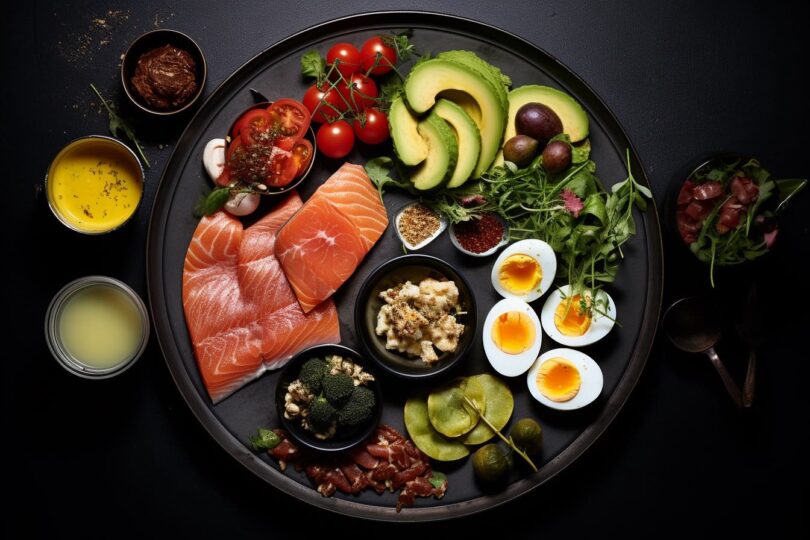Table of Contents
Intermittent fasting (IF) combined with the ketogenic (keto) diet is a powerful duo for improving health, boosting energy, and facilitating weight loss. Dr. Joseph Mercola, a well-known wellness advocate, provides insightful tips to make this journey both effective and enjoyable. Here’s a comprehensive guide on how to navigate intermittent fasting while on a keto diet, inspired by Dr. Mercola’s approach.
Understanding the basics
What is intermittent fasting
Intermittent fasting isn’t about what you consume, but about when you eat. It involves cycling between periods of eating and fasting. The most common methods include the 16/8 method (fasting for 16 hours, consuming food during an 8-hour window), the 5:2 method (consuming normally five days a week, reducing calorie intake for two non-consecutive days), and the Eat-Stop-Eat method (24-hour fast once or twice a week).
What is the Keto Diet
The ketogenic diet is a high-fat, moderate-protein, and low-carbohydrate diet. It aims to put your body in ketosis, where it burns fat for fuel instead of carbohydrates.
Dr. Mercola’s Tips for Combining IF with Keto
1. Start slowly
- Ease into fasting: Begin with shorter fasting periods and gradually increase duration.
- Transition to Keto: Start by lowering your carb intake before fully committing to keto to make the transition smoother.
2. Listen to your body
- Adjust as Needed: Everyone’s body reacts differently. Pay attention to how your body responds and adjust your fasting and diet accordingly.
- Stay Hydrated: Drink plenty of water. You can also include black coffee and tea during fasting periods.
3. Plan Your Eating Window
- Nutrient-Dense Foods: Focus on high-quality, nutrient-rich foods during your eating window. Include healthy fats, moderate protein, and low-carb vegetables.
- Avoid Processed Foods: Stay away from sugary snacks and processed foods, even during eating periods.
4. Track Your Macros
- Use Apps: Track your macronutrients to ensure you stay within keto guidelines.
- Adjust Ratios: Find the right balance of fats, proteins, and carbs that work for your body.
5. Exercise wisely
- Low-Intensity Workouts: During fasting periods, opt for low-intensity exercises like walking or yoga.
- High-Intensity Training: Save more strenuous workouts for your eating windows.
6. Manage electrolytes
- Balance is Key: Ensure a proper balance of sodium, potassium, and magnesium, especially in the beginning stages of keto and fasting.
7. Prepare for Side Effects
- Keto Flu: Be aware of the ‘keto flu’ and understand it’s a temporary phase as your body adapts.
- Stay Informed: Read up on common side effects and how to mitigate them.
8. Consult a Professional
- Seek guidance: Before starting, especially if you have health issues, consult a healthcare professional.
Benefits of Combining IF with Keto
- Enhanced Weight Loss: Both IF and keto independently help with weight loss. As a result, they accelerate the process.
- Improved Mental Clarity: Many report heightened mental clarity and focus while fasting and keto.
- Better Blood Sugar Control: This combination manages blood sugar levels.
- Increased Energy Levels: After the initial adaptation phase, many experience a significant boost in energy.
Common Challenges and Solutions
- Hunger Pangs: Initially, you might experience hunger pangs. Drinking water or herbal tea can help.
- Social Settings: Plan for social gatherings. Choose keto-friendly options and schedule gatherings around your eating windows.
If you have a news tip, correction or comment, let us know at: [email protected]







